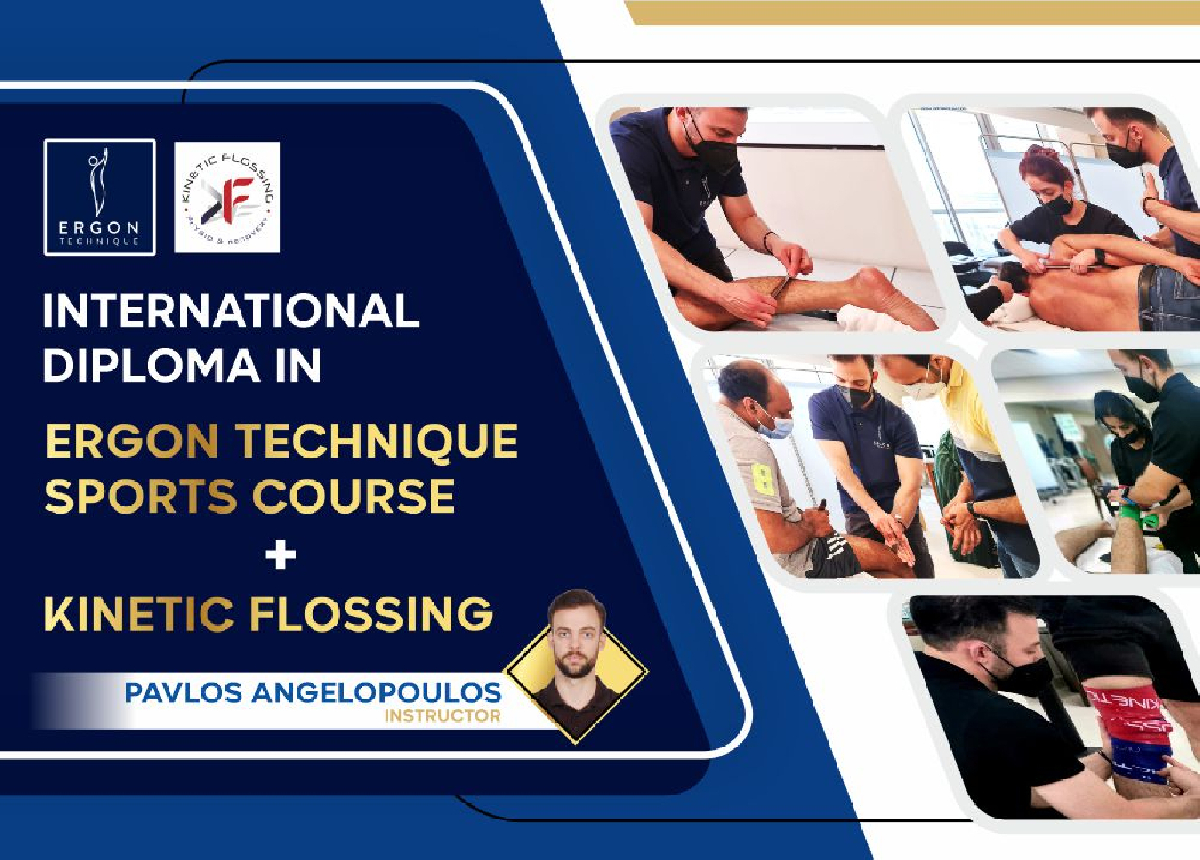According to the World Health Organization (WHO) palliative care is defined as “an approach that improves the quality of life of patients (adults and children) and their families who are facing the problems associated with life-threatening illness, through the prevention and relief of suffering by means of early identification and impeccable assessment and treatment of pain and other problems, physical, psychological, and spiritual. It requires a broad multidisciplinary approach that includes the family and makes use of available community resources” [1]. Specifically for children the WHO further states that “palliative care for children is the active total care of the child’s body, mind, and spirit, and also involves giving support to the family[2]. This specific kind of care should be initiated when a life-limiting illness is diagnosed and should not be restricted to end-of-life care.
The aim of Pediatric Palliative Care (PPC) is to improve the life of eligible children and their families by giving them competent and interdisciplinary assistance and support. At a global level, the number of children in need of PPC is very significant with about 1 in 10.000 minors having been diagnosed with a disease that is deemed eligible for PPC[3]. Moreover, a recent study showed a steep rise in palliative care need in children, rising from 32 to 66 cases per 10.000 from 2009 to 2018. A further increase of up to 84 per 10.000 minors is expected to happen by 2030[4]. The number of children with chronic complex disease in need of PPC is likely to increase, mainly due to a longer life expectancy and broader eligibility criteria for PPC. As follows, evidence consistently shows a clear benefit in quality-of-life for children who are receiving specialized pediatric palliative care (PPC), as well as for their families and national health systems[5].
A growing interest in PPC has been developing and standards have been set in PPC care by an international group of experts through the GO-PPaCS project (Global Overview – PPC standards)[5]. Still, many barriers hinder the reach of PPC worldwide. Among the latter, lack of awareness of standards in PPC, limited funding resources and nonspecific training and education curricula for healthcare providers are paramount to this problem5. It is then of the utmost importance to tackle this issue and help further the knowledge in the field.





